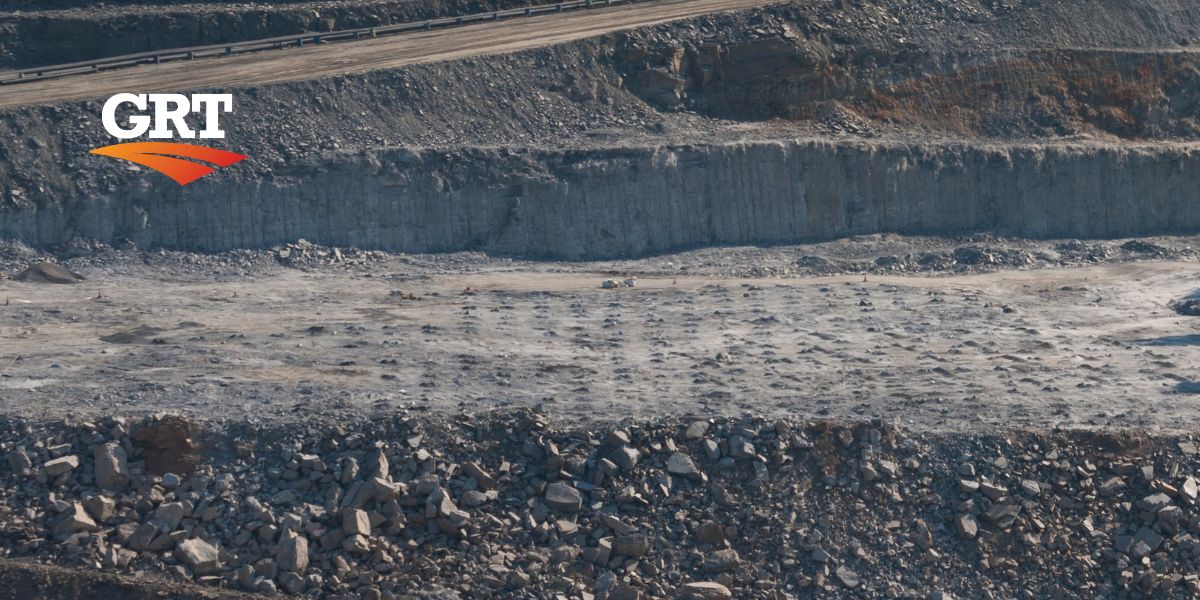The Clean Energy Regulator (CER) is the Government body responsible for administering legislation that will reduce carbon emissions and increase the use of clean energy in Australia. The CER was established on 2 April 2012 as an independent statutory authority by the CER Act 2011 and operates as part of the Department of Industry, Science, Energy and Resources portfolio. The role of the CER is determined by climate change law. The schemes it administers work together to reduce emissions while encouraging business competitiveness. Its purpose is to accelerate carbon abatement for Australia. Everything it does is connected to:
- measuring
- managing
- reducing
- offsetting Australia’s carbon emissions.
In this article, GRT evaluates enforceable undertakings, differences to court undertakings and when it is an appropriate remedy to enforce them and finish with current updates from the Clean Energy Regulator.
Enforceable undertakings
The CER may accept an enforceable undertaking to improve and where necessary enforce compliance with the legislation it administers. Enforceable undertakings are voluntary written statements from the scheme participant that
they will do, or refrain from doing, specified action to resolve non-compliance or improve compliance with the legislation
administered by the CER. Undertakings are designed to secure effective and efficient remedies to address non-compliance without the need for court proceedings and to provide non-adversarial and constructive solutions to compliance issues. Undertakings are governed by the following legislation:
Are environmental regulations, health and safety concerns or potential profit loss a concern right now?
- Part 23 of the Carbon Credits (Carbon Farming Initiative) Act 2011 (CFI Act)
- Part 5, Division 3 of the National Greenhouse and Energy Reporting Act 2007 (NGER Act), and
- Part 15B, Division 1 of the Renewable Energy (Electricity) Act 2000 (REE Act).
Differences between an undertaking to the CER and to a court
An enforceable undertaking is different from an undertaking to a court. There are two features that we will explore; when the undertaking can be accepted; and what happens in the event of non-compliance with the undertaking?
For an undertaking to the CER:
- CER does not have to start court action before it can accept an undertaking.
- CER may apply to the court for appropriate orders if the undertaking is not complied with or take other regulatory actions.
For an undertaking to a court:
- An undertaking may only be given when a court action has started.
- A breach of the undertaking may itself be the subject of contempt proceedings which may be enforced in the same way as an injunction.
When is an enforceable undertaking an appropriate remedy?
A scheme participant wishing to enter an undertaking should first discuss it with the regulatory officer assigned to the case. The decision whether an undertaking is appropriate in the circumstances of the case, entails the CER considering the following factors:
- the impact of the non-compliance on the objectives of the relevant scheme
- the compliance history of the scheme participant
- the culpability of the actions of the scheme participant in relation to the non-compliance
- the extent to which the scheme participant is genuinely solving the problem
- whether the scheme participant is making a full commitment to ongoing compliance
- whether the problem has stopped
- whether the agreed outcome would parallel the orders the CER would seek if enforcement in a court was sought, and
- the ability of the CER to properly monitor compliance with the undertaking.
Current updates from the CER in Australia
By 1 November 2021, more than 900 large companies are required to report information about their 2020-21 emissions and energy production and use under our National Greenhouse and Energy Reporting (NGER) scheme. The NGER scheme helps Australia to meet international reporting obligations, informs government policy and keeps the public informed about greenhouse gas emissions and energy production and use. There is pressure on companies to share information on climate-related risks. The Corporate Emissions Reduction Transparency (CERT) report will provide participating companies with a simple way to track progress against their goals to reduce emissions or source renewable electricity. The report will provide consistent and comparable data that shows companies’ reported scope 1 and scope 2 emissions, eligible carbon units and certificates surrendered, and their ‘net’ scope 1 and 2 position. Participating companies can use the independent CERT report to communicate their achievements to consumers, investors, shareholders and financial regulators.
Clean energy conversations building towards a net zero future…
The draft biomethane method package is open for comment under the Emissions Reduction Fund (ERF) with submissions closing on 30 November. The ERF incentivizes Australian businesses to cut greenhouse gases and undertake activities that store carbon. To learn more about the method package and to have your say, visit the Department of Industry, Science and Energy Resources website. The monthly Emissions Reduction Fund Emissions Position provides a national cumulative snapshot of project and abatement activity under the Emissions Reduction Fund, including contract deliveries, project registrations by state and territory, and project registrations by method type. The monthly Emissions Reduction Fund carbon abatement statement provides a snapshot of activities under the scheme, including a national snapshot of projects by method type and monthly ‘Fund Facts’.
Your feedback is important to us. If you enjoyed reading this Global Road Technology industry update and found it informative, please let us know by leaving a REVIEW.
References
Troy Adams
Troy Adams is the Managing Director of Global Road Technology (GRT) Specialising in Engineered Solutions for Dust Suppression, Erosion Control, Soil Stabilisation and Water Management. A pioneering, socially conscious Australian entrepreneur, Troy Adams is passionate about health and safety and providing innovative solutions that are cost-effective to the mining industry, governments and infrastructure sectors. Troy is also a tech investor, director of companies like Crossware, Boost, Hakkasan, Novikov and more.

